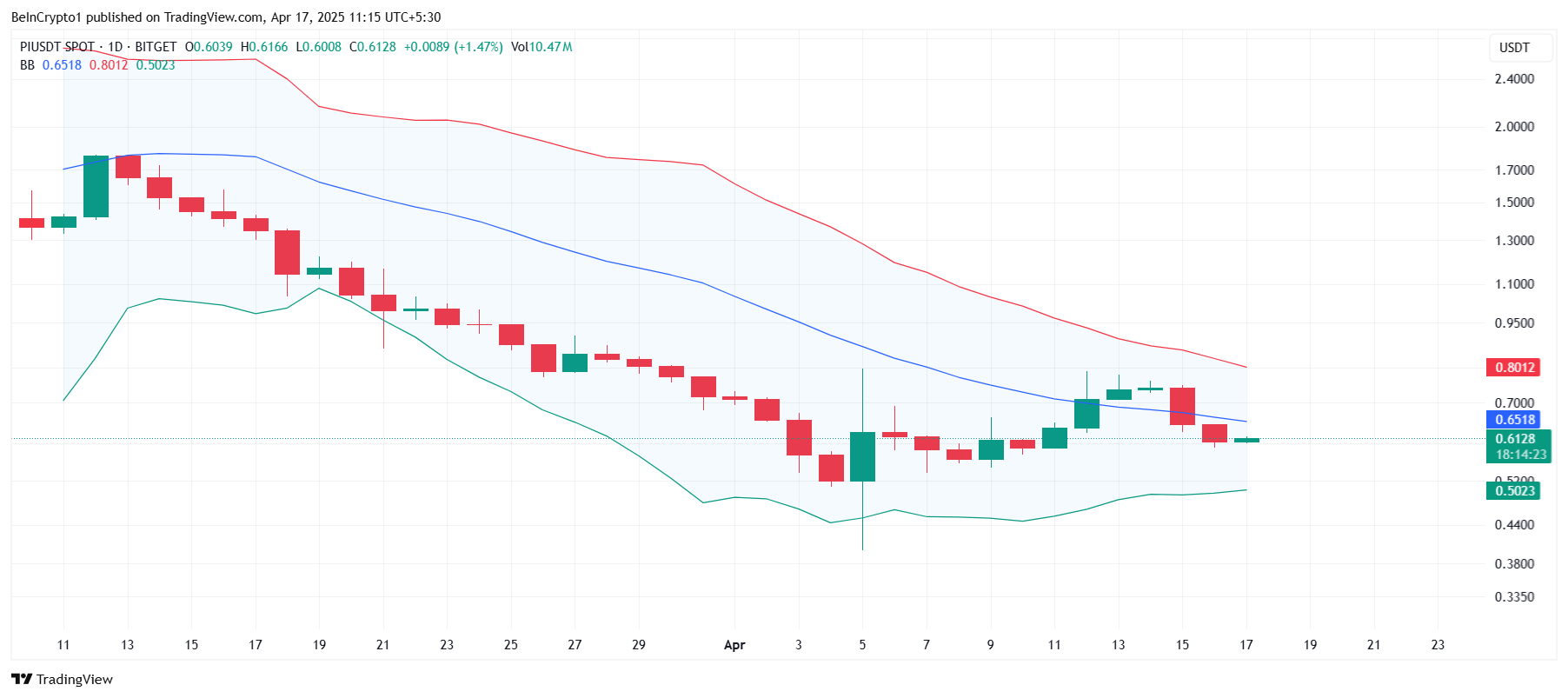
The post Ripple News: Was Donald Trump Behind the $121 Million XRP-Backed Treasury Deal? appeared first on Coinpedia Fintech News
A surprising connection between the U.S. President Donald Trump and a massive $121 million XRP-backed treasury deal is stirring conversations in the crypto world.
Recently, VivoPower International — a NASDAQ-listed energy firm — announced it had raised $121 million in a private share placement to launch a digital asset treasury strategy centered on XRP. What makes this move even more interesting is that the funding was led by His Royal Highness Prince Abdulaziz bin Turki Al Saud of Saudi Arabia, a long-time investor in digital assets and XRP.
In an official statement, the Saudi prince revealed that his team met with President Trump and his leadership group during a recent visit to Saudi Arabia. Following those discussions, they believed the timing was right to embrace digital assets and blockchain technology in the Kingdom. This meeting appears to have played a key role in accelerating plans for the XRP-focused treasury strategy.
VivoPower aims to become the first public company to officially hold XRP as part of its treasury reserves, joining a growing trend of firms adding cryptocurrencies to their balance sheets.
Adding to the excitement, former SBI Ripple Asia executive Adam Traidman has joined VivoPower as chairman of its advisory board. Ripple CEO Brad Garlinghouse also acknowledged the move, highlighting it as a major step forward for the XRP ecosystem.
This development shows how digital assets like XRP are being adopted at the institutional and governmental level. While it remains unclear how directly involved Trump was in pushing this deal, the timing and the prince’s remarks hint that their meeting may have influenced the decision.
For XRP holders, this news offers a bullish signal. As more institutions and global players consider integrating digital assets into their financial strategies, XRP appears to be climbing back into the spotlight.


 The Saudi Prince (per his own quote) met with President Trump and decided the timing was right for an
The Saudi Prince (per his own quote) met with President Trump and decided the timing was right for an 






